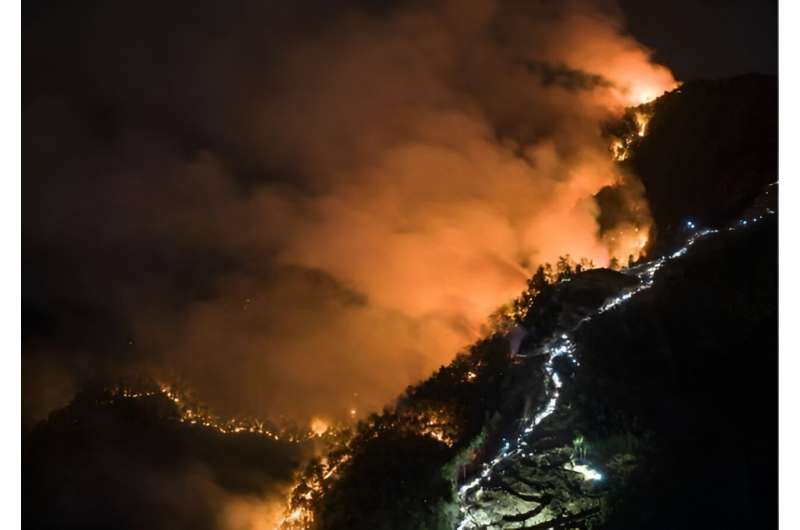This article has been reviewed according to Science X's editorial process and policies. Editors have highlighted the following attributes while ensuring the content's credibility:
fact-checked
peer-reviewed publication
trusted source
proofread
New study reveals impact of baseline choice on 2022 Yangtze River Valley heat wave extremity

In the summer of 2022, China's Yangtze River Valley (YRV) endured an unprecedented heat wave, severely affecting human society and ecosystems. Traditionally, the extremity of such hot events has been evaluated against a fixed historical baseline (e.g., 1979–2022), suggesting record-breaking magnitudes. However, recent research underscores the significance of the chosen baseline in quantifying these extremes.
A study published on June 7 in Environmental Research Letters examines how the use of a fixed versus a 10-year moving baseline alters the perceived extremity of the 2022 heat wave. The findings indicate that using a moving baseline, which accounts for recent climatic adaptation, record-breaking daily hot extremes were confined to the Sichuan Basin in the upper reaches of the YRV.
"Fixed baselines compare extremes to a static historical period (e.g., 1981–2010), capturing the continuous warming trend and increasing the perceived magnitude of extremes," explained Lan Li, the study's lead author and a Ph.D. candidate at the Institute of Atmospheric Physics (IAP) of the Chinese Academy of Sciences. "In contrast, moving baselines consider time-evolving climatology and societal adaptation to warming, offering a nuanced understanding of extremes."
The research revealed that while fixed baselines showed record-breaking daily hot extremes across the upper and middle reaches of the YRV in 2022, moving baselines identified such extremes only in the Sichuan Basin, with a magnitude of 2.52 standard deviations. Furthermore, this event was not the most extreme historically, as China has faced approximately 13 events of greater magnitudes since 1971.
Future projections suggest that under high-emission scenarios, extreme hot events similar to those in the Sichuan Basin in 2022 could occur every 2–12 years between 2081 and 2100, affecting up to 25% of continental China with magnitudes exceeding 5 standard deviations. However, with a moving baseline, the projected changes in extremity are minimal, implying that continuous adaptation to warming could mitigate future risks.
"The moving baseline assumes prompt adaptation by humans and ecosystems to background warming," noted Prof. Tianjun Zhou, the study's corresponding author and a professor at IAP. "However, adaptation alone, such as improving infrastructure and health systems, is insufficient. Reducing greenhouse gas emissions is crucial. Climate change adaptation and mitigation must work in tandem to address global warming effectively."
More information: Lan Li et al, Quantifying the extremity of 2022 Chinese Yangtze River Valley daily hot extreme: fixed or moving baseline matters, Environmental Research Letters (2024). DOI: 10.1088/1748-9326/ad4e49
Journal information: Environmental Research Letters
Provided by Chinese Academy of Sciences





















